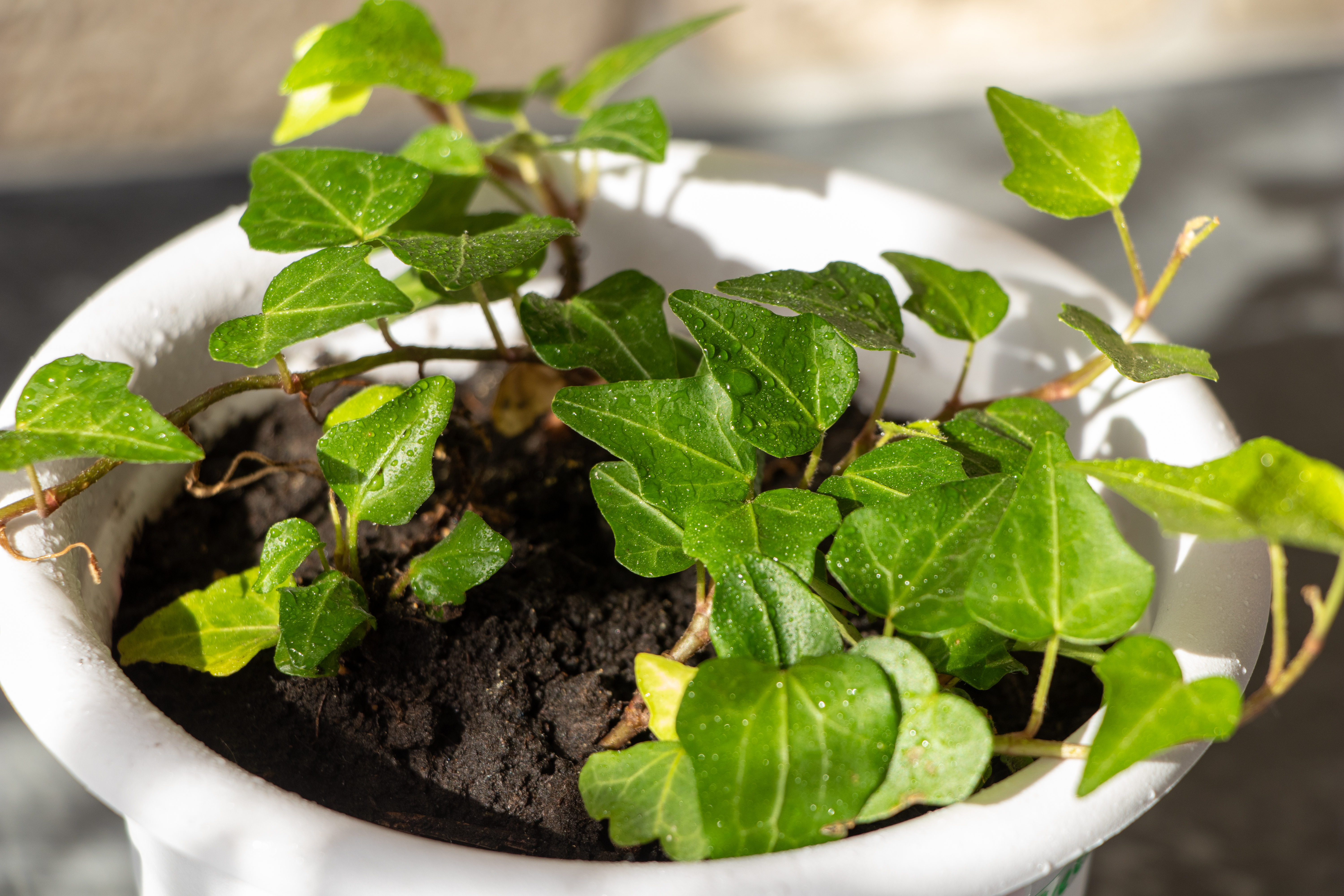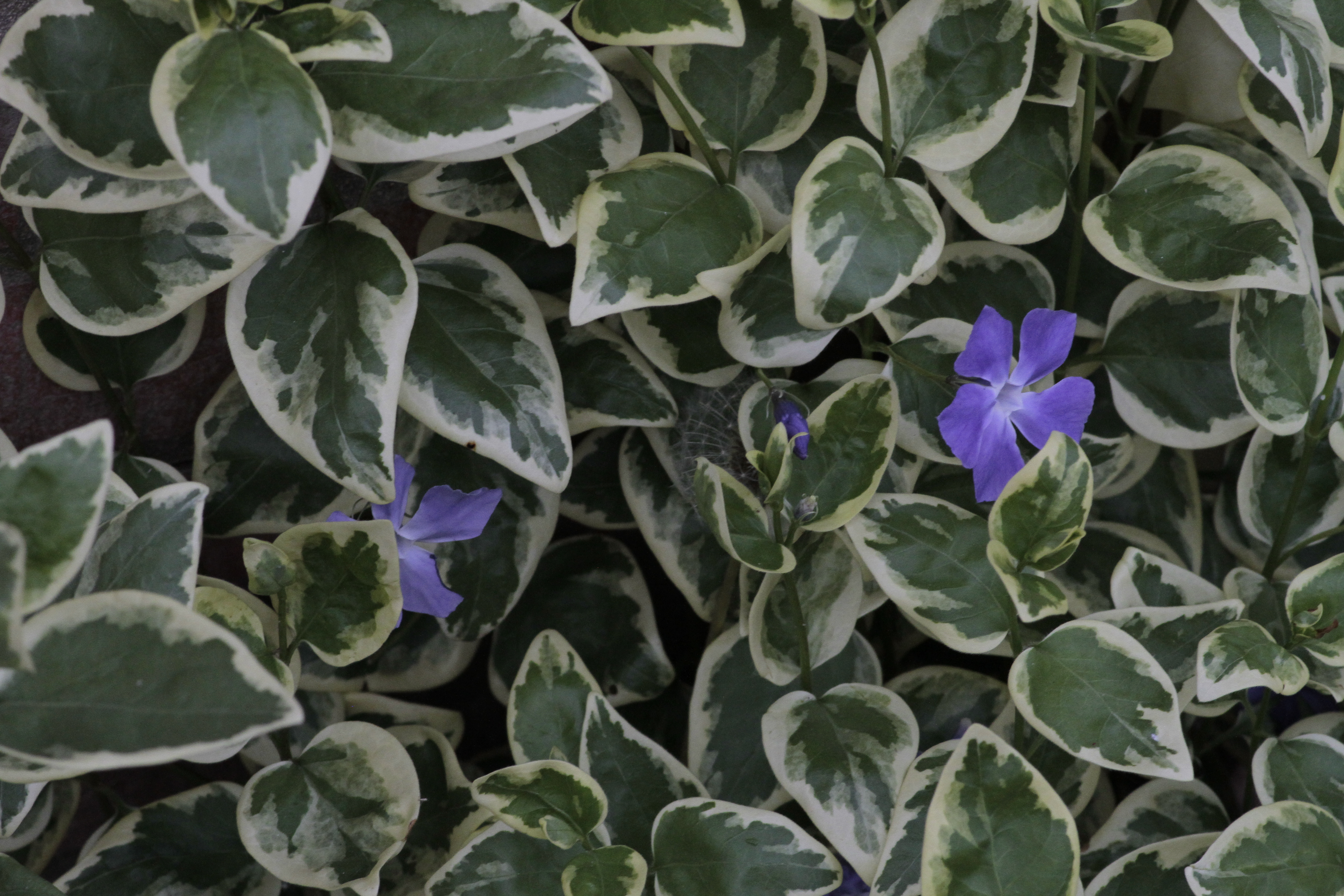Origin
Canarian Ivy (Hedera canariensis) gets its name from its origin in the Canary Islands, although it can also be found in a number of other topical regions and across much of North Africa.
This plant looks a lot like its close relative English Ivy (Hedera helix), but the main difference is that its leaves are much larger than the leaves of Common Ivy.
They can have quite a wide spread - up to 18 inches (46 cm) - and will easily climb and cling to walls, fences or other surfaces. Alternatively, you can allow them to trail from hanging baskets for an attractive draping effect.

Care
Canarian Ivy is quite adaptable in terms of what light conditions it can be grown in. However, bright indirect light is ideal. If yours is a variegated variety, you may need to ensure it gets a few extra hours of sunlight in order to maintain rich coloring - just be careful not to let the delicate lighter-colored parts of the foliage get scorched by the sun.
Try not to ever let the soil completely dry out, as this can lead to leaf drop. Canarian Ivy likes moisture, although it's important to find a balance so that the soil isn't allowed to become too soggy either. You'll also need to regularly mist this plant in order to boost the humidity around it. Dry air can leave Canarian Ivy prone to developing Spider Mite infestations.
Additionally, it's best not to let this Ivy get too cold - they're used to a warm native environment. Most indoor home temperatures should be fine, but if you keep yours outside then make sure to try and protect it from frost and colder temperatures.

Other
This type of Ivy is arguably hardier than Common Ivy and seems to be somewhat more resistant to pests than their relatives, and are a bit more forgiving of incorrect care. It's still a good idea to boost the humidity around your Canarian Ivy, though, to help it fight off potential bug infestations. Misting also has the added benefit of helping to keep your Canarian Ivy's leaves dust-free, as dust buildup can interfere with efficient photosynthesis.
It can also grow and become established much faster than other types of Ivy, as long as it is in favorable conditions. If you plan to grow yours outdoors, you'll likely need to prune it fairly regularly to keep it from taking over!
Aside from their large leaves, another easy way to tell Canarian Ivy apart from Common Ivy is to take a look at the stems - Canarian Ivy has reddish colored stems, whereas Common Ivy has green stems.